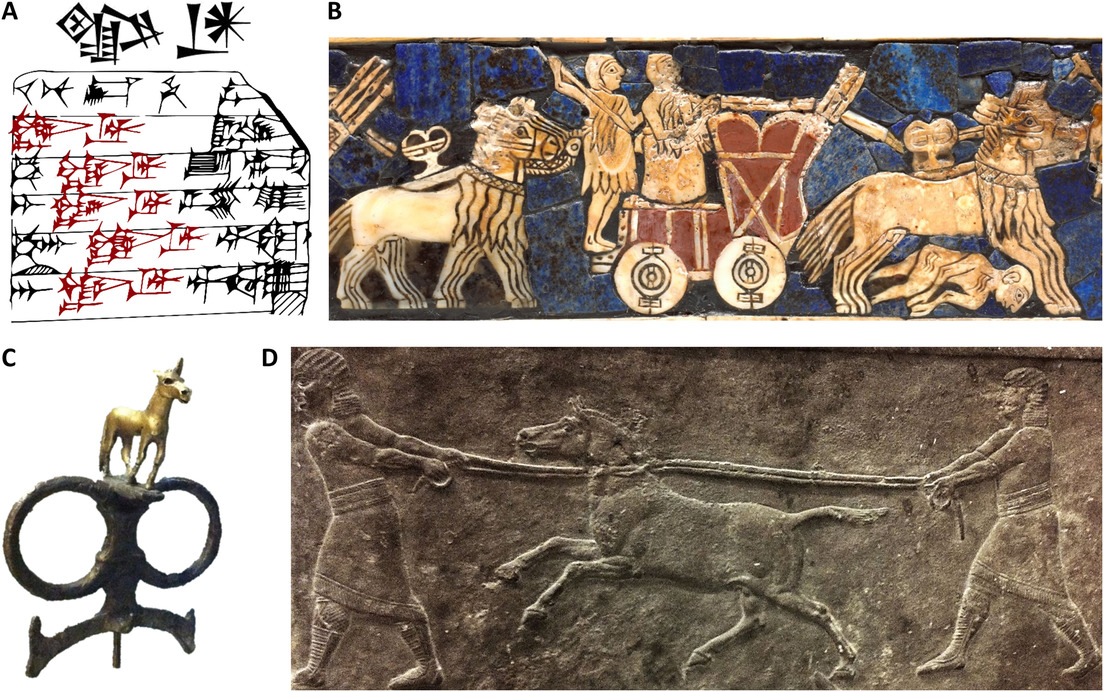 Thanks to various 4,500-year-old written and iconographic sources, archaeologists have known for decades that highly prized equids, called kungas, were used by the Mesopotamian elite for ceremonial, diplomatic, and warlike functions, although their zoological classification had not been established. could conclusively determine.
Thanks to various 4,500-year-old written and iconographic sources, archaeologists have known for decades that highly prized equids, called kungas, were used by the Mesopotamian elite for ceremonial, diplomatic, and warlike functions, although their zoological classification had not been established. could conclusively determine.
However, the results of a novel DNA study, published this Friday in Science Advances, revealed that this animal was the product of the cross between domestic donkeys and hemipos (a species of Syrian wild ass now extinct), thus documenting the first evidence of hybrid animal breeding in history.
The identity of the mysterious animal, the scientists detail, was discovered by sequencing the genome of a species of equid, whose morphological characteristics did not fit any other species of this known family, found a decade ago in the funerary complex of Umm el Marra, in current Syria, belonging to the Bronze Age (between 3000 and 2000 BC).
During the tests, the paleogeneticists compared samples recovered from the burials with those from an 11-year-old wild Syrian ass discovered at Gobekli Tepe, Turkey, and with two of the last known Hemipos before they became extinct in the early 20th century. XX.
The results obtained showed that the equid specimens from Umm el Marra "harbor the maternal lineage of the domestic ass and the paternal lineage of the Syrian wild ass, which suggests that they could be first-generation hybrids, since interspecific hybrids of equids are usually infertile or infertile," the authors explain.
According to the academics, the Sumerians created their own hybrid species to obtain the best characteristics of each parent species, obtaining offspring that were stronger and faster than donkeys and horses, but more controllable and docile than hemipos. However, since the Kungas were sterile and difficult to breed, they were eventually replaced by horses imported into the region from the Pontic steppe, between the Black and Caspian Seas.
"They really bioengineered these hybrids (…) They were the first hybrids in history, as far as we know, and they had to cross them every time they wanted to produce a kunga, which explains why they were so valuable," co-author of the study Maria Geigl, told Live Science Evans. (Text and photo: RT)